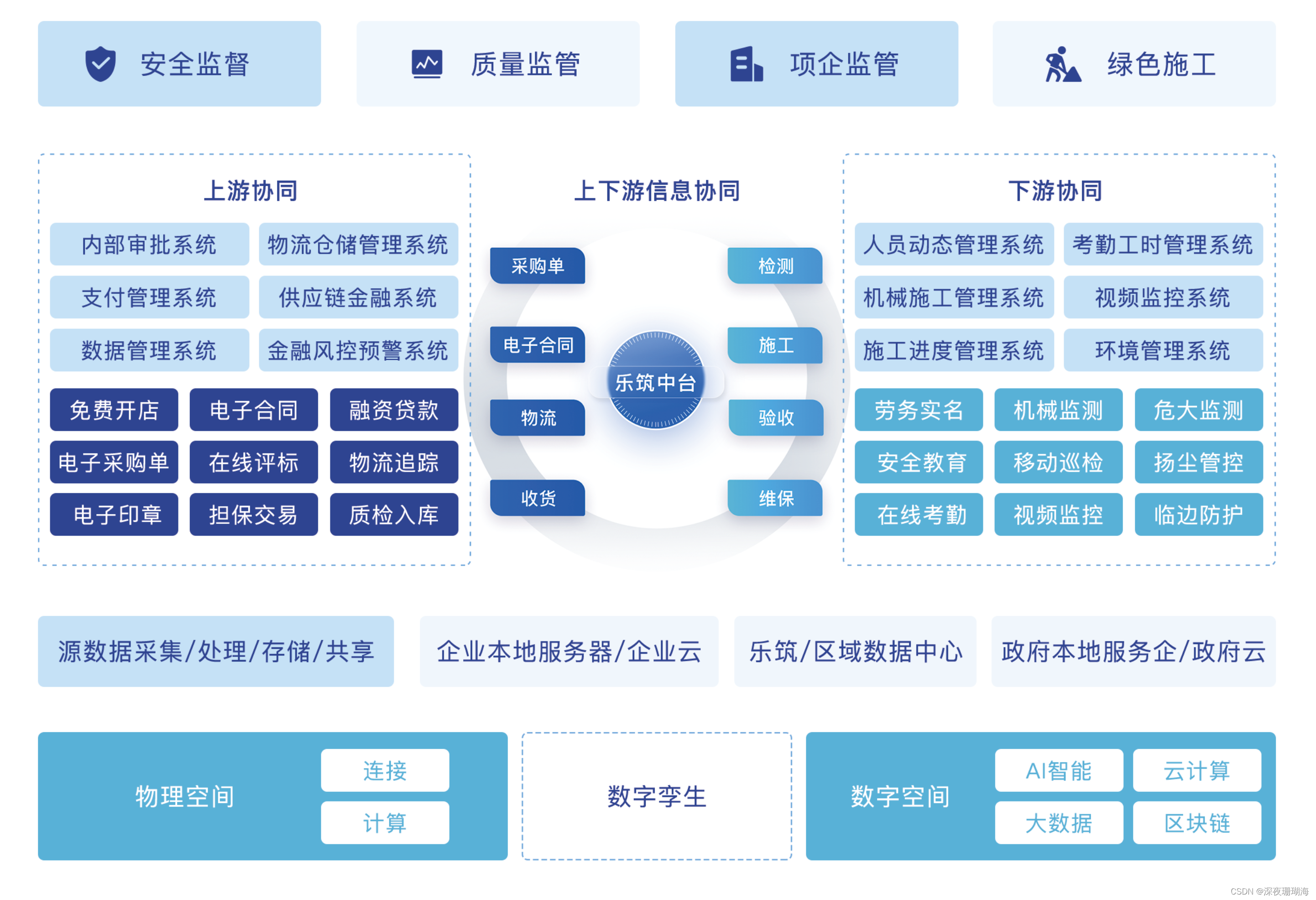The supply chain is an ecosystem of processes, systems and entities. With the increasing complexity of the global supply chain, the development of every industry requires powerful and reliable supply chain management tools, processes and personnel. The traditional supply chain only focuses on production and supply, which can no longer meet the needs of industry development, while the digital supply chain focuses on the general needs of customers and also aims to increase the value of products delivered to customers. Generally speaking, the emergence of digital supply chain is an inevitable trend and crucial to the development of enterprises.
What is the difference between traditional supply chain and digital supply chain?
The traditional supply chain usually means that the core enterprise connects "many" suppliers, manufacturers, distributors, retailers, and end users into a chain structure through the control of logistics, information flow, and capital flow. The digital supply chain is based on the Internet, the Internet of Things, big data, artificial intelligence and other new-generation information technologies and modern management concepts and methods. It is oriented by value creation and driven by data. It is a new type of overall planning, design and operation of supply chain activities. supply chain.

Digital Supply Chain Collaborative Model
Focusing on the construction industry with low degree of digitalization and high difficulty, how is the application of digital supply chain technology in the industry? What are the characteristics of the construction industry supply chain? What development problems do you face? And how to find a breakthrough?
First of all, we look at the concept of supply chain management in the construction industry. It refers to the contractor as the core, adopting a win-win business strategy among designers, contractors, owners and suppliers, and using advanced information technology to manage construction projects. All activities and participants involved in the production process (design, construction, etc.) are integrated and unified management.
The construction industry supply chain not only emphasizes the internal cross-departmental integrated management of the enterprise, but also emphasizes the external cross-company integrated management. Through the establishment of common strategic goals among enterprises, a sound trust and cooperation mechanism, and a collaborative work mode information sharing mechanism, it is possible to improve enterprise performance, respond quickly to customer needs, and thereby enhance the core competitiveness of enterprises.
From a structural and functional perspective, construction supply chains are characterized by centrality, ad hoc and complexity. Concentration is reflected in the fact that all materials that make up building products (buildings, structures) are assembled at the construction site. Temporary means that a new project management department must be organized for each project. After the project is completed, the corresponding project management department will be automatically withdrawn. The complexity is reflected in the fact that the construction supply chain includes multiple construction stages, many participants, large-scale construction, long construction period, and many uncertain factors.
Although the development prospects of the supply chain in the construction industry are very broad, we are also facing many severe problems:
1. Untimely delivery of material suppliers: The performance of material suppliers will directly affect the performance of the supply chain. Therefore, material supply and procurement is a key link in the supply chain management of construction enterprises. Due to some uncertain factors, not all material suppliers can provide materials on time within the guarantee period. Many factors, such as machine failures, delayed delivery by upstream suppliers, and disputes between suppliers and purchasers, may lead to delays in delivery.
2. The deviation between the construction process and logistics distribution: Due to the occurrence of force majeure, abnormal weather conditions such as heavy rain, floods, typhoons, unpredictable natural disasters, and even uncertainties such as emergencies, limited by time and space, logistics distribution Process is the "bottleneck" of supply chain management. The characteristic of the chain structure of the supply chain is the essence of the delay problem in logistics distribution and transportation. In the chain structure, the error propagates up step by step and superimposes and magnifies, and the deviation and uncertainty will also increase exponentially. Uncertainty is inevitable in the process of logistics distribution, and uncertainty is also propagated in the process of logistics distribution, such as traffic accidents, traffic jams, and road maintenance leading to traffic changes leading to uncertainty in delivery, which directly affects the construction process and delivery time, thereby affecting customer satisfaction.
3. Asymmetry of demand information between upstream and downstream, etc.: deviations in demand information are inevitable, and uncertainty in demand information may lead to inaccurate market forecasts.
Construction enterprises involve a large area, and their supply chain is relatively complex. Information spreads through the supply chain, and each link in the supply chain adds a systematic error to the information flow. The continuous amplification of the error causes information distortion and uncertainty. In addition, the variability of downstream customers' preferences will cause irregular purchasing tendencies, the uncertainty of their demand and the inaccurate market forecast of upstream suppliers will bring uncertainty in supply chain management.

Panorama of construction industry chain
Cloud computing, Internet of Things (IOT), big data, 5G and mobile technology, digital twins, blockchain, etc. have greatly improved the application capabilities of the digital supply chain in the construction industry. How to speed up the supply chain and realize the supply chain The collaboration is the direction of common research in the industry. In recent years, Lezhu has been committed to using digital technology to help construction companies realize the collaborative management of digital supply chains. Peers provide reference directions.
Among them, Tianjin Kaiwu Supply Chain Management Co., Ltd., a subsidiary of China Metallurgical Tiangong Group, has successfully launched the "Little Tiger" e-commerce platform through Lezhu Digital Supply Chain Technology (PAAS), showing its first signs in the field of digital transformation and upgrading of industrial supply chains.